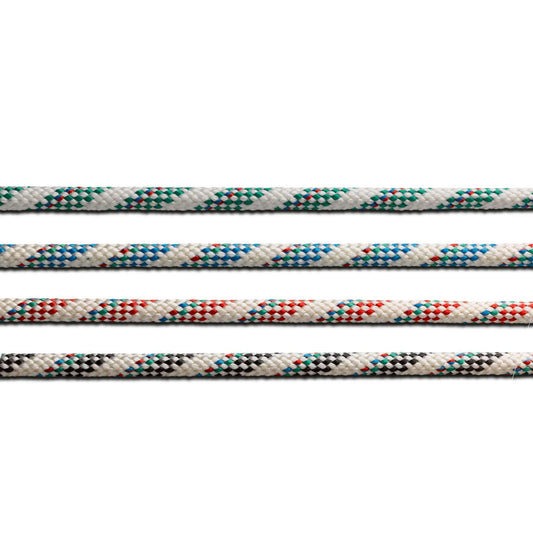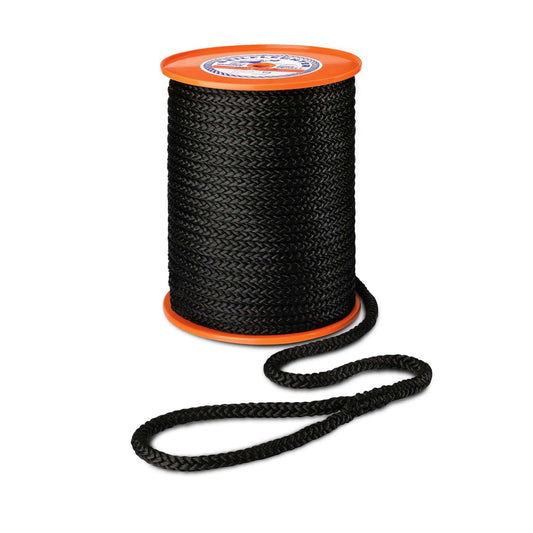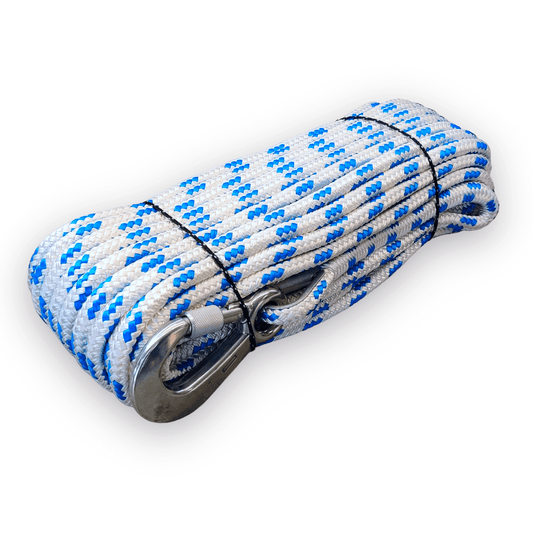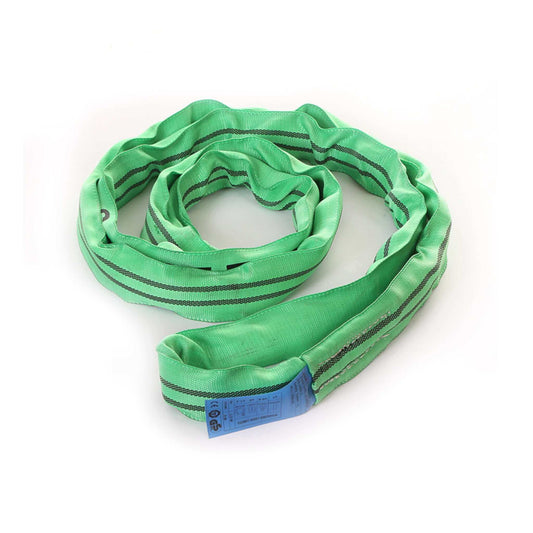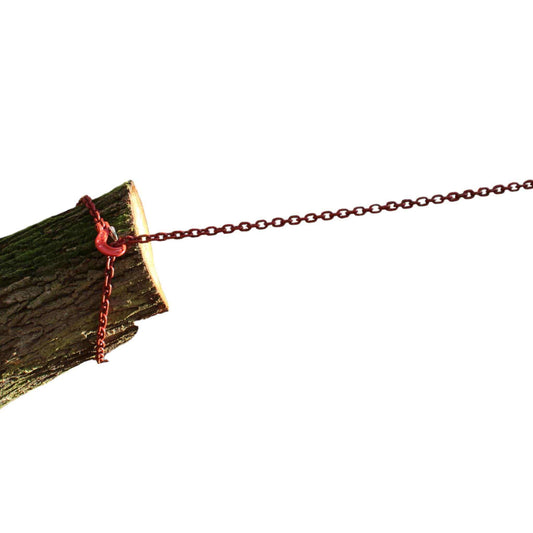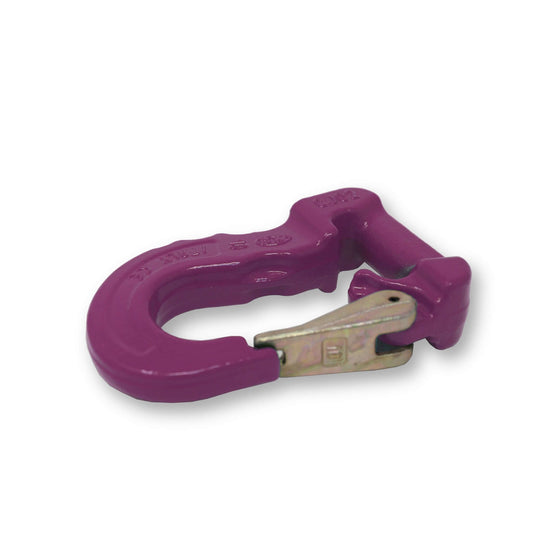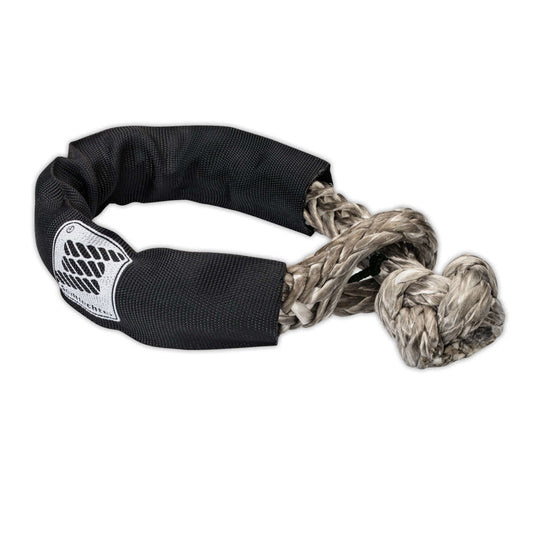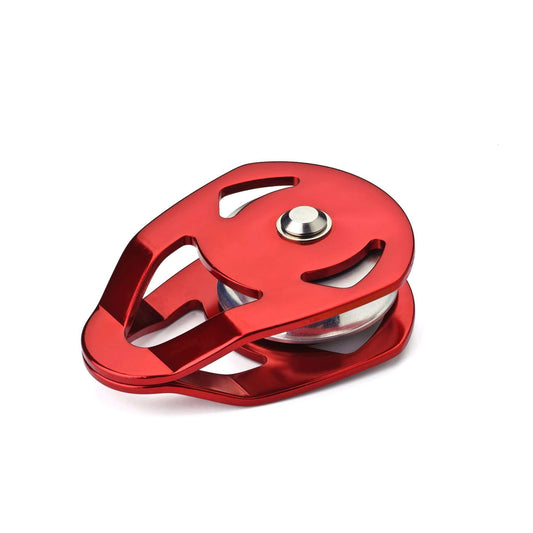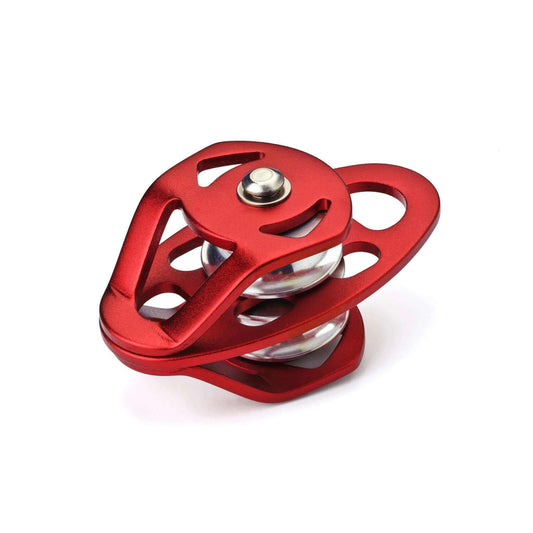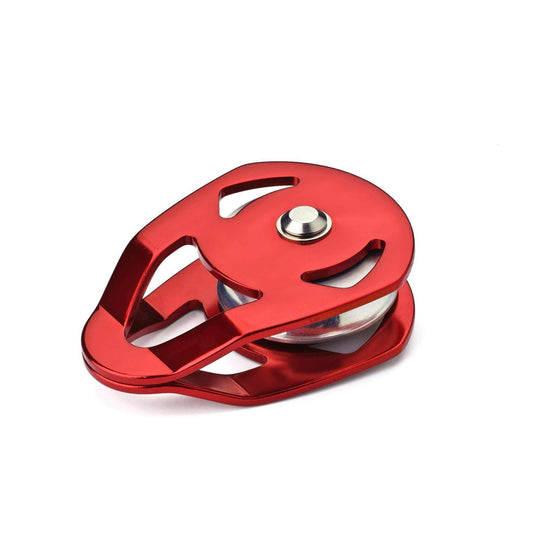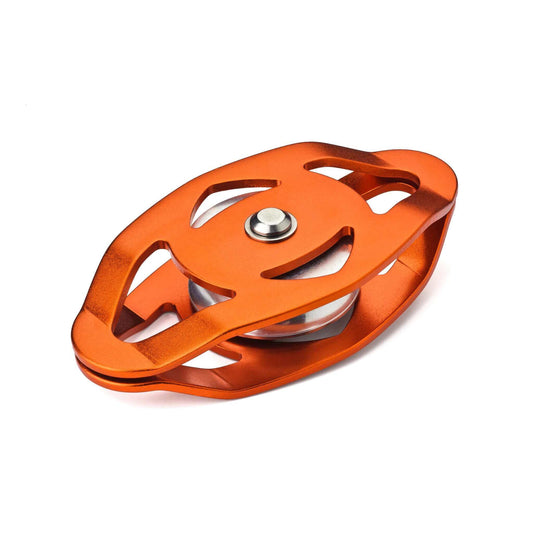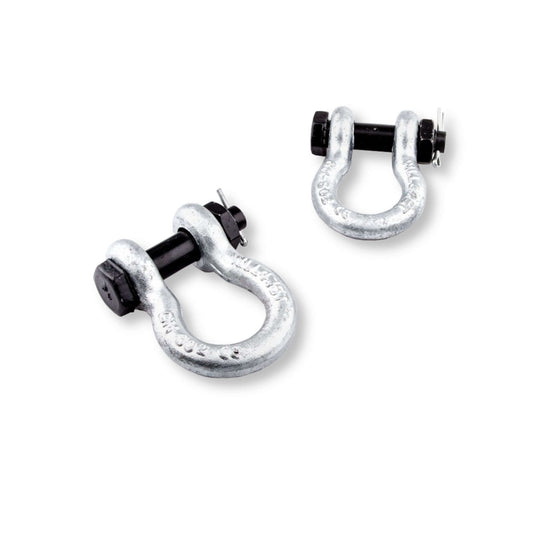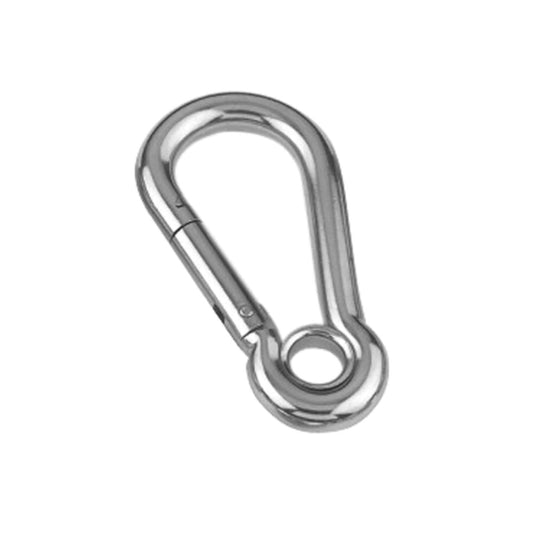Collection: forest supplies
Discover our selection of forestry ropes and forestry supplies made from NOVOLEEN® synthetic fibers. This high-tech fiber offers crucial advantages for forestry technology and is a good alternative to steel ropes. Ideal for wood backing and demanding applications in mountainous terrain. Although the price is higher, the investment is quickly paid off thanks to the advantages and performance of NOVOLEEN® ropes.



-
Novoleen® tree pulling rope / felling aid rope 7.5t
Vendor:Seilflechter Tauwerk GmbHRegular price From €329,00 EURRegular priceUnit price / per -
Novoleen® traction cable extension
Vendor:Seilflechter Tauwerk GmbHRegular price From €79,90 EURRegular priceUnit price / per€82,90 EURSale price From €79,90 EURSale -
Birolen® forest winch rope Atlantic Plus - the all-rounder
Vendor:Seilflechter Tauwerk GmbHRegular price From €114,95 EURRegular priceUnit price / per -
Seilflechter crown safety ropes
Vendor:Seilflechter Tauwerk GmbHRegular price From €17,90 EURRegular priceUnit price / per€22,90 EURSale price From €17,90 EURSale -
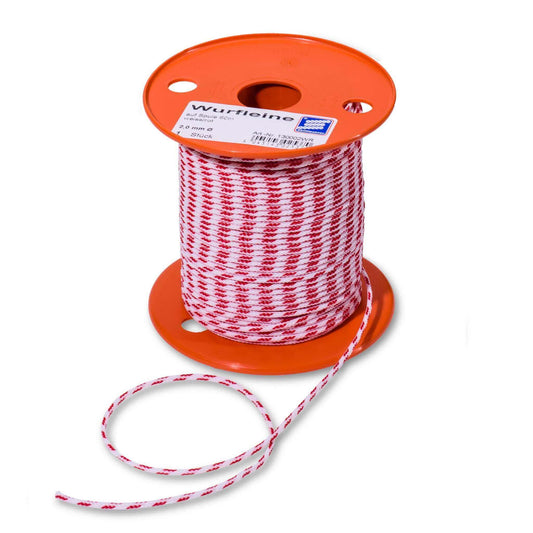 Sale
SaleThrowline Fly High
Vendor:Seilflechter Tauwerk GmbHRegular price From €10,90 EURRegular priceUnit price / per€12,90 EURSale price From €10,90 EURSale -
Nordwand® all-purpose line 12mm, 30m
Vendor:Seilflechter Tauwerk GmbHRegular price €79,90 EURRegular priceUnit price / per€85,90 EURSale price €79,90 EURSale -
Seilflechter Super round sling
Vendor:Seilflechter Tauwerk GmbHRegular price From €14,90 EURRegular priceUnit price / per -
Seilflechter Super Lifting Straps
Vendor:Seilflechter Tauwerk GmbHRegular price From €27,90 EURRegular priceUnit price / per -
High-quality Nordwand® skid chain for demanding use
Vendor:Seilflechter Tauwerk GmbHRegular price From €69,90 EURRegular priceUnit price / per -
Nordwand® joker hook for round slings and lifting straps
Vendor:Seilflechter Tauwerk GmbHRegular price From €59,90 EURRegular priceUnit price / per -
Seilflechter Novoleen® cordage shackle / soft shackle
Vendor:Seilflechter Tauwerk GmbHRegular price From €24,90 EURRegular priceUnit price / per€22,99 EURSale price From €24,90 EUR -
Nordwand® deflection pulley forestry and off-road
Vendor:Seilflechter Tauwerk GmbHRegular price From €49,90 EURRegular priceUnit price / per€54,90 EURSale price From €49,90 EURSale -
Nordwand® aluminum pulley 32 kN, 1-sheave
Vendor:Seilflechter Tauwerk GmbHRegular price €29,90 EURRegular priceUnit price / per -
Nordwand® aluminum deflection pulley 32 kN, 2-sheave
Vendor:Seilflechter Tauwerk GmbHRegular price €29,90 EURRegular priceUnit price / per€34,90 EURSale price €29,90 EURSale -
Nordwand® aluminum pulley 43 kN, 1-sheave
Vendor:Seilflechter Tauwerk GmbHRegular price €34,90 EURRegular priceUnit price / per -
Nordwand® aluminum pulley 36 kN, HDF on both sides
Vendor:Seilflechter Tauwerk GmbHRegular price €39,90 EURRegular priceUnit price / per -
High-strength shackle with eyebolt according to DIN 13889
Vendor:Seilflechter Tauwerk GmbHRegular price From €5,90 EURRegular priceUnit price / per -
High-strength shackle with nut and split pin according to DIN 13889
Vendor:Seilflechter Tauwerk GmbHRegular price From €11,90 EURRegular priceUnit price / per -
Snap hook stainless steel V4A (AISI316), closed eye according to DIN 5299
Vendor:Seilflechter Tauwerk GmbHRegular price From €12,40 EURRegular priceUnit price / per€15,00 EURSale price From €12,40 EURSale -
Snap hook stainless steel V4A (AISI316), open eye
Vendor:Seilflechter Tauwerk GmbHRegular price From €12,40 EURRegular priceUnit price / per€14,00 EURSale price From €12,40 EURSale
Forest ropes in forestry
Forestry is responsible for sustainable management
of forests and ensures that we have enough wood in the long run
and have forest products available. The problem with the
Increasing periods of drought it faces in the fight against
Climate change as forests absorb and store carbon and
reduce greenhouse gases.
The use of ropes, which are used as tools in the
Timber harvesting, transportation, other forestry activities and
used to recover heavy machinery. There are different ways
of ropes used in forestry. You need to
withstand high loads, pull and carry heavy things and
be durable and safe for man and machine at the same time.
In addition to regular maintenance and inspection of the condition of the
We consider cable systems to be the right securing and lifting technology
the forestry ready - from the crown safety rope to belt ratchets
up to the throw line. Furthermore, weatherproof tarpaulins protect a
fresh wood harvest when storing.
Our Novoleen® ropes made of high modulus polyethylene have maximum
Tensile strength and are resilient like a wire rope, only much lighter.
They are perfect for pull winds and for the extra gentle
Recovery of game, horned cattle and horses up to 1,000 kg. We have
in this regard special aids such as animal lifting harnesses in the program.
Because forestry activities can be dangerous, we train
also the safe handling of ropes to prevent accidents and none
to suffer personnel and productive failures. As more important
Forestry remains part of society. With
with our ropes and awareness of the value of the forest, we can
continue to benefit from the resources Mother Nature gives us
gives. Download our forestry catalog and
don't miss any more news. It will answer your questions
find answers.
Frequently asked questions about forestry supplies
What types of ropeways are there?
There are different types of ropes used in rope technology and outdoors. Each species has specific properties and benefits that make them suitable for specific activities or applications. Here are some of the most common types of fortropeing and their respective benefits:
Dynamic ropes:
• Advantages: Dynamic ropes are elastic and stretchy. This makes them ideal for activities such as climbing and mountaineering as they cushion falls and reduce stress on the body. They offer good shock absorption and are therefore safer in the event of a fall.
Static ropes:
• Advantages: Static ropes have less stretch or no stretch at all compared to dynamic ropes. This makes them ideal for activities that require minimal stretch, such as rescue or work ropes. They retain their shape and strength under load.
Half ropes (twin ropes):
• Advantages: Half ropes are thinner ropes that are often used in pairs. They offer flexibility and light weight, making them ideal for alpine climbing routes and other situations where weight needs to be minimized. They also provide some redundancy as they can be used separately.
Static-dynamic ropes (semi-static ropes):
• Advantages: Static-dynamic ropes are a mixture of static and dynamic properties. They are suitable for certain work applications, such as working at heights or tree climbing. They provide some stretch, but not as much as dynamic ropes.
Climbing ropes for indoor use (indoor climbing ropes):
• Advantages: Indoor climbing ropes are often durable and easy to use. They are designed for use in climbing gyms and can be available in different diameters and lengths.
Special ropes (e.g. canyoning ropes, rescue ropes):
• Advantages: Specialty ropes are designed for specific activities and often offer unique properties. For example, canyoning ropes are usually water-resistant, while recovery ropes have high breaking strength.
Choosing the right fortification rope depends on your specific activity and requirements. It is important to select the correct type, length and strength of rope according to your intended use to ensure your safety and efficiency. Additionally, proper care and maintenance of the rope is of great importance to ensure its durability and reliability.



